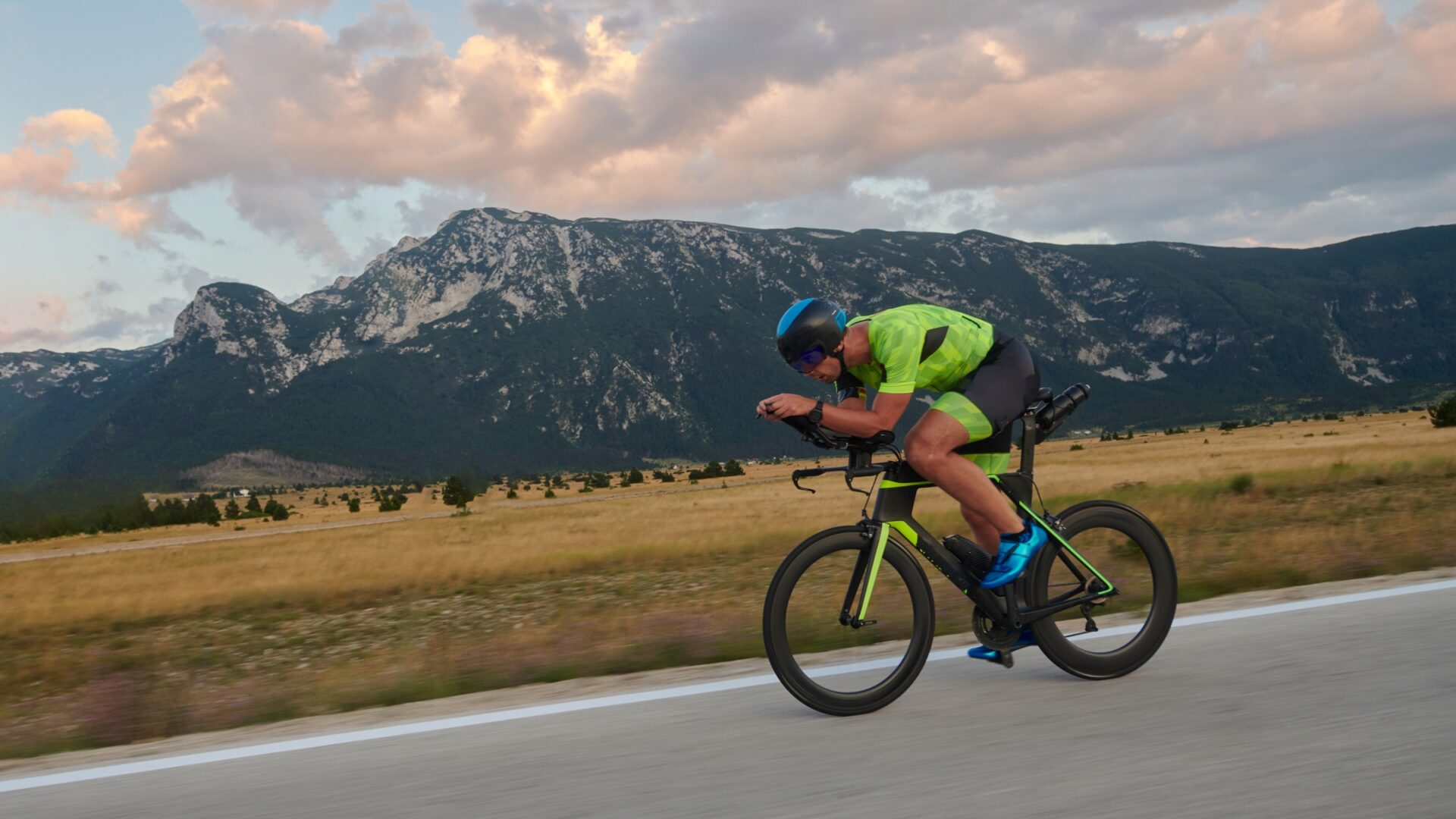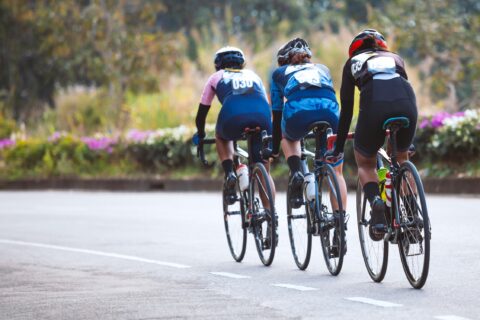Have you ever sat in front of your training calendar, planning your future as you should, but became confused by the seemingly contradictory information available? Or worse, have you ever gotten on your bike, knowing that you should do a workout, but were at a loss for what to do?
It is well known that mixing high-intensity intervals with longer, lower-intensity sessions is the backbone of a solid endurance training plan, regardless of your sport. But to delve deeper, many athletes turn to research to gain a better understanding, only to have that research muddy the waters even more. Headlines shout that long, short, and even sprint intervals are the panacea leading to your best performance, which seems contradictory. Talking with friends and fellow teammates can also drive athletes further into madness because, despite opposing strategies, each claims it was the best training of their life. Even Dr. Stephen Seiler, the famed proponent of “polarized training,” supports threshold-focused work for certain situations.
Guess what? They’re not wrong.
Many different training strategies can lead to terrific improvements. What matters most is matching the high-intensity interval strategy to the athlete and event. In this article we’re going to break that down.
Before we begin, I want to point readers to the Fast Talk Laboratories knowledge base where we have an entire Pathway devoted to interval training. There is too much information about adaptation pathways, appropriate volume, workout planning and other topics to include in this article. Whether you need to learn from scratch or a brush up on the specifics, anyone interested in this topic would be remiss to not plunge into this deep dive on types of intervals, planning, and interval execution.
Know thyself
The ancient Greeks knew more about physiology than we give them credit for because this is the root of all physiological measures, and it’s where our journey begins.
Before we can make actionable decisions, we need information. While there are many ways to gather this, I’m going to focus on two measures that many cyclists have available: 5-minute mean max power (the highest average power of a maximal effort for a given duration) and FTP (functional threshold power). I must give the caveat, however, that the quality of your data is important in this decision-making process. If either of these values is not accurate (older than 60 days, an outlier value, not a true-maximal effort), then the decisions that follow may not be correct.
The trouble that I see with athletes is that they do not know how to interpret their data once they have it. In my opinion, the first step is understanding how 5-minute mean max power and FTP relate to each other. The typical range for trained endurance athletes is to have FTP fall within 70 to 90% of 5-minute mean max power. Because of the metabolic processes involved, it is highly unlikely that an athlete can increase their FTP beyond 90% of their VO2max and as such this value acts as a glass-ceiling where no further improvement in FTP will occur until a preceding improvement in VO2max occurs first.
Worth noting is that some will refer to this as “fractional utilization of VO2max” and while the concepts are similar, fractional utilization refers specifically to oxygen utilization and not necessarily power output.
If you find yourself at either end of that spectrum, then your limiter is very clear. Someone with a ratio of FTP to VO2 power of 90% has hit the glass ceiling of FTP and must focus on VO2max power to find further improvement. Conversely, someone with a ratio of 70% has an FTP that has considerable room for growth!
Optimal power ranges for different disciplines
Now, this may seem like a black or white situation—you must improve either your VO2max or your FTP, and it’s true that via serial testing you can see improvements in both of these numbers over time. However, based on research by Dr. Seiler (and others), it would appear that the body adapts fastest when one type of stimulus is applied. Intuitively it makes sense that focusing workouts designed to stress the maximal oxygen consumption pathways (for example) would elicit a larger response from that pathway than mixing in work designed to improve your lactate clearance at lower intensities.
For most of us, however, determining what aspects of our physiology need improvement is less clear because we land in the middle of the 0.7 to 0.9 FTP to VO2max power range. Unfortunately, in this case, knowing yourself is not quite enough; what we need to understand now are the needs of our event.
Take this example: An athlete has an FTP to VO2max ratio of 78%. This leaves some room for improvement in their FTP before hitting the glass ceiling. If they were training to maximize their performance for longer, steadier events (a flat road race or long gravel race), then they have done a great job with their training, and I’d advise they continue to focus on improving their FTP a bit longer. However, if this athlete were looking to compete in cyclocross, a short-punchy event, then the prescription would be for VO2max power intervals. This isn’t to say that an athlete can’t have a good performance in cyclocross with an FTP dominated profile, but it’s likely not optimal and they may be leaving performance on the table.
Conversely, many people believe that the type of event alone determines the necessary training—that short, intense efforts are always the key to success in a cyclocross race. However, if an athlete has a ratio of 70% (meaning their VO2max power is relatively strong compared to their FTP), they could do short intervals until they were blue in the face without seeing much benefit. In this case, the athlete would greatly benefit from focusing on efforts designed to raise their FTP.
This leads to the question: what is optimal? It’s difficult to say for certain, but I start with a general rule that riders looking for success in shorter, punchier events like cyclocross, crit racing, or short track MTB should look for ratios in the 0.7 to 0.8 range. Riders looking for success in either short and steady events like a 40K TT or longer events that depend on shorter, harder efforts like XC mountain biking need a balance of VO2 and FTP and are best in the range of 0.75 to 0.85. Riders looking for success in longer, steadier, events like gravel racing are best with an FTP focus and a ratio of 0.8 to 0.9.
How to put it to practice
- Assess your current abilities in relation to your event.
- Are you in the recommended range of FTP:VO2max power? Focus on the workouts required by your event until you reach the limit of the recommended range.
- Are you outside the recommended range? Focus on workouts that bring you toward the middle of the recommended range for your event.
- Make one type of improvement at a time. Research by Dr. Seiler has indicated that a training program that focuses on adaptation is more effective than a mixed training program. [1]
- Browse the Fast Talk Labs Knowledge Base to get more in-depth information on various interval workouts or a list of effective workouts that you can put into practice.
References
- Sylta Ø, Tønnessen E, Hammarström D, Danielsen J, Skovereng K, Ravn T, Rønnestad BR, Sandbakk Ø, Seiler S. The Effect of Different High-Intensity Periodization Models on Endurance Adaptations. Med Sci Sports Exerc. 2016 Nov;48(11):2165-2174.




